8 Nights / 9 Days
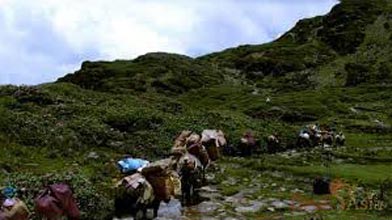
It is a very beautiful trek, and takes you on a journey back in time along ridges reaching altitudes of 4500m. With wild flowers growing on either side of the trail, and the absolutely stunning view from these ridges, makes it one of the best treks in the country. And at night you camp near placid lakes wonderfully formed on top of mountains. This is a short and fairly easy trek lasting 4-5 days and connects Paro valley to the Capital of Bhutan, Thimphu. This used to be the old trail used by the Bhutanese to travel between Thimphu and Paro, one of the most used routes of the old days.
On arrival, guests will be received at the airport by 1-derful Bhutan Tour's guide who will be your companion for the duration of your tour Bhutan.
Drive to your hotel, check-in and to freshen up. After lunch, visit the Ta Dzong (National Museum): The name Ta Dzong translates to ‘watch tower’ and it served the function of watch tower for the Paro Rinpung Dzong. Back in the day, similar look-out points were built for other dzongs (fortresses) to counter any approaching hostilities, for those were the days of frequent strife. These towers were specifically built high atop hills and other vantage points during the old days.
Presently serving as the national museum (since late 60’s), it houses an array of antiquities such as ancient thangka (exquisite scroll painting), mural paintings and other forms of art done by great personalities of those days, original textiles of the kingdom which represent the culture that still flourishes, weapons & armour used back in the day, household objects typical to the Bhutanese people’s way of life back then and even now, and other natural and historical artifacts.
Paro Rinpung Dzong: (‘fortress of a heap of jewels’). It was built in the mid 17th century to protect and to gain control over the region, many invasions were averted from this dzong. It now serves as seat of the Paro district administration and residence for the monastic school. Rinpung dzong like all other dzongs in Bhutan is adorned with wall murals that symbolize the lives of the Bodhisattvas and other prominent saints, drawings from Buddhist parables within which the country’s culture and traditional life is intricately represented and holy symbols that signify their own individual religious meanings.
Have early breakfast and drive up to the base of Taktsang Monastery (Tiger’s Nest). The most famous and sacred site among all the places in Bhutan. Guru Padmasambhava is said to have come riding on a flying tigress to this place and meditated in a cave for 3 months, it wasn’t until Zhabdrung Ngawang Namgyal came to this place and meditated that it gained the popularity that it has now. The present structure is said to be built in the 15th century but was destroyed by fire in 1998 and has been restored.
The walk is about 2 hours till the top through wide pathways which was built during the restoration works. One hour into the climb there is a tea point from where you get a very good view of the monastery, they also serve lunch here. From there it’s about another 45 minutes climb to the 2nd view point and the highest point in the hike.
Drugyal Dzong: Literally means 'Bhutan's victory fortress', it was built to in 1654 by Shabdrung Ngawang Namgyal to commemorate the victory over the Tibetan invaders and it would also control and guard the trade between Bhutan and Tibet as it stood right on the trade trail. It stands atop a small hill with a commanding view of the valley up and below and on a clear one can get to see the beautiful Mount Jomolhari from here. It caught fire in 1951 and has been in ruins since, some renovation works have been carried out but has not been able to go full swing. Although in ruins, the dzong is still beautiful to look at and one can just walk about inside the ruins trying to imagine how things were before.
Kyichu Lhakhang: Considered the oldest temple along with Jampa and Kenchosum Lhakhang in Bumthang, it dates back to the 7th century when a Tibetan King ordered 108 temples to be built in a single night to subdue a huge ogress. It was later renovated in the mid 19th century and in the late 1960's by the Grand Queen Mother. It is also considered by many to be one of the holiest places in the country. Inside the compound is an orange tree which always has oranges no matter what the season.
Overnight at a hotel in Paro
The first day is a long day as you have to climb more than 1,000m elevation and takes about 4-5hrs. You start from the Ta Dzong (National Museum) in Paro. The trek follows a gravel road past a few farms for about 30 minutes and then climbs up a steep ridge before leading through blue pine and fir forests to Damche Gom. Once you reach the ridge below Jele Dzong you descend about 100m to the campsite below Jele Dzong.
Camp: Jele Dzong
You begin with a climb for about an hour and a half and then ascend gradually up. The trail takes you through thick alpine forest and dwarf rhododendron tress. You may see yaks and yak herders around your campsite. It takes about 4 – 5 hrs to reach this camp.
The trail follows the ridge and on a clear day the view of the mountains and valley are beautiful. The campsite is close to the Jimilang Tsho Lake. The lake is known for its giant sized trout. 5 – 6hrs walk.
It is a long walk today (about 6-7hrs) with some ascents which are not really that difficult. The trail takes you through dwarf rhododendron trees and Janetso Lake. You may come across some yak herder’s camps where you will have the opportunity to get a glimpse of a nomad’s life.
If the weather permits, you will have a spectacular view of Mount Jomolhari, the most sacred mountain in Bhutan and other Himalayan peaks. From this pass, the trek takes you downhill to Phajodhing for a nights halt. The camp is above Phadjoding.
After passing Phadjoding monastery, the trek to Thimphu (Mothitang) is all the way downhill through a forested area of mostly blue pine. The walk, at a leisurely pace, takes about three hours.
Your vehicle will pick you up at the road point to your hotel to check-in.
Visit the following later
Folk Heritage Museum: The folk heritage museum was open to the general public in 2001 upon completion. It treasures troves of culture and rich Bhutanese heritage provide rich insights into the Bhutanese ethos. Try to schedule your visit during the morning hours since the museum is less crowded at that time and there is plenty of sunlight to go around. The folk heritage museum is housed in a replica traditional Bhutanese house learn first-hand about Bhutan‟s rich cultural traditions, its deeply rooted heritage which spans thousands of years and the Bhutanese way of life. The tour of this almost living museum will also give you a glimpse onto how many rural folk of the country live today following the ancient Bhutanese ways.
National Institute of Zorig Chusum: The art and crafts currently taught in Bhutan, were introduced to the country in the 15th century by Trenton Pema Lingpa. Trenton Pema Lingpa also known as the Great Treasure National Institute for Zorig Chusum - Discoverer is credited to have introduced these art forms to the people of Bhutan. These traditional crafts are a representation of the centuries of knowledge and ability that was been handed down to master craftsmen and artisan through each generation. Bhutan‟s unique artistic tradition has played a vital role in shaping the countries distinct culture and heritage. It was realized that this unique and priceless heritage of the nation need to be protected and promoted with the strong patronage of the royal government. With this vision in mind the royal institute for Zoring Chusum was established in the year 1971 to train the youth in the 13 traditional Arts and Crafts of Bhutan. The institute now falls under the aegis of the National Technical Training Authority which was established in 1990 to ensure high quality vocational training for the people of the country. The institute has now been operational for almost 40 years and has taught students the arts of painting, embroidery, calligraphy, sculpting and wood carving.
Have lunch in town, rest for a while and then visit the following places.
Motithang Takin preserve: The Motithang Takin Preserve also known as the Thimphu Zoo by many is a small natural preserve for the Takin Bhutan‟s national animal. It was originally a mini zoo, but it was converted in a preserve later on as the Takin. The mini zoo contained a small number of Takin but the King of Bhutan later decreed that it was improper for a Buddhist nation to keep an animal in captivity. The animals were set free and the zoo was shut down, but for some reason the Takin refused to leave the area for the forests nearby. Instead the animals were frequesntly found roaming around the streets of the capital city in search for food. As a result the government decided to demarcate an 8 acre fenced location as the Motithang Takin Preserve. The preserve is a forested preserve that mimics the Takin‟s natural habitat, in addition to the Takin there are a few musk deer and barking deer that live inside the preserve. There are plans to expand the preserves collection to include other rarely seen animals that live in Bhutan, currently the preserve plans to add the Red Panda and the Himalayan Serow to the preserve.
Tashichho Dzong: The Tashichho Dzong is a Buddhist monastery cum fortress at the northern edge of Thimpu the capital city of Bhutan. The Dzong was built on the western bank of the river Wang Chu, and has historically served at the seat of the Druk Desi or the Dharma Raja of Bhutan‟s government. After the kings assumed power in 1907 this post was combined with that of the king and Thimphu severed as the summer caital of the kingdom before becoming the full time capital of Bhutan. The original Thimphu Dzong (the Dho-Ngyen Dzong) is said to have been constructed in 1216 by Lama Gyalwa Lhanangpa. And was later taken over by Lama Phajo Drukgom Shigpo before the Dzong was conquered by Shabdrung Ngawang Namgyal, who found the Dzong to be too small and expanded it to what is now known as theTashichho dzong is also called the "fortress of glorious religion." It was erected in 1641 and was subsequently rebuilt by King Jigme Dorji Wangchuck in the 1960s. The Dzong has been seat of the Royal government since 1952 and presently houses the Throne room and the Kings secretariat. The Tashichho dzong is also home to several ministries of the Bhutanese government, and the Central Monk Body which is the apex organization of the country's main spiritual order. The monument welcomes visitors during the Thimphu Tsechu festival which is held in autumn each year. The Dzongs main structure is a two striped quadrangle with 3 storied towers on each of its four corners
Overnight at a hotel in Thimphu
Post a leisurely breakfast, take a walk around town and do your souvenir shopping
Have lunch in town and then visit the following
Memorial Chorten: Referred to as the Memorial Chorten, it’s actual name is Gongzo Chorten or Gyaldren Chorten. The Chorten (Stupa) is a chief landmark in the Capital city and is also a very sacred place of worship for the local eople. The idea of the chorten was conceptualized by the 3rd King His Majesty Jigme Dorji Wangchuck to ward off negative energies. After His Majesty’s demise, the Chorten was built in his memory by the 4th King and the Queen Mother in 1972. Many old people come here early in the morning to circumambulate and say their prayers in the hopes of garnering enough good karma for their afterlife; they are joined by the middle and the younger generation in the evenings who also come to do either the same thing or to just relax their mind. The doors of this stupa remain mostly closed except on holy days. Inside, there are three stories and on each floor are statues of protective deities
Kuensel phodrang The Kuensel Phodrang or the Buddha point is the world‟s largest sitting Buddha statue, the statue is 167 feet high. The statue is situated on top of a hill overlooking the city of Timphu, it can be accessed by road and is about 15 minutes away from the city‟s center. The word Kuensel means everything is clear and from this place you will sure enjoy a great view of the Thimphu Valley on both sides. The statute will house a temple inside it, the statue and its adjoining car park and recreational center are currently under construction and is expected to be ready by December 2012. The statue is constructed out of bronze and is studded with many semi-precious stones. Since they are no factories in country that can make such a large bronze cast structure, statute is being manufactured in China and the pieces are brought to Bhutan and are assembled here. On the drive to the statue the steep winding hill road offers an unparalleled view of the city of Thimphu and is an excellent place to capture a view of the city especially after dark. A journalist once described the view as “seeing an osasis of light in the desert of darkness “as the city light of Thimphu shine very bright in an otherwise dark Thimphu valley.
Overnight at a hotel in Thimphu
Departure
We are a trusted travel company of travel specialists who create customized Bhutan journeys to the likings and sensibilities of our customers. We create trips around your interests and schedule—to make it one-of-a-kind experiences that are as unique as you are. We can have you traveling to the far reaches of Bhutan Himalayas, take you through the traditional and rustic villages of Eastern Bhutan or walk you through the Bhutan Festivals. Our expertise, know-how, and customer handling skills enable us design journeys that are adventurous, exciting, exploring and insightful. We have been in operation since 2009 and were earlier known as Bhutan Trip Advisors. Since then we have served more than 5,000 satisfied customers worldwide. Read More...
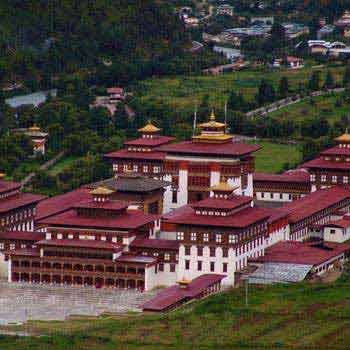 8D/7N
8D/7N
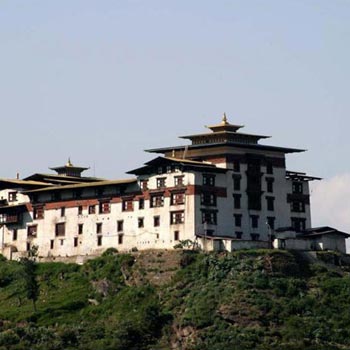 12D/11N
12D/11N
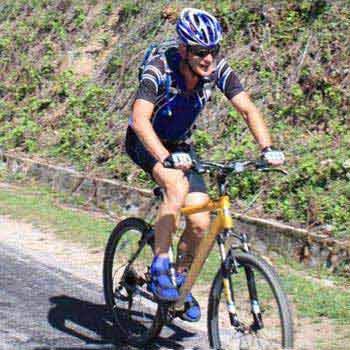 11D/10N
11D/10N
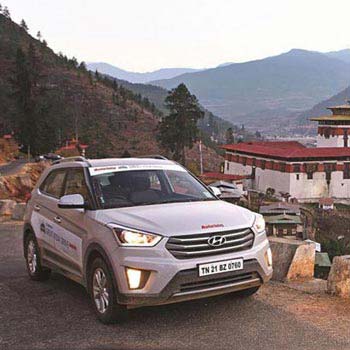 12D/11N
12D/11N
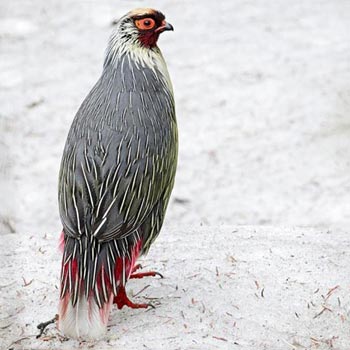 13D/12N
13D/12N
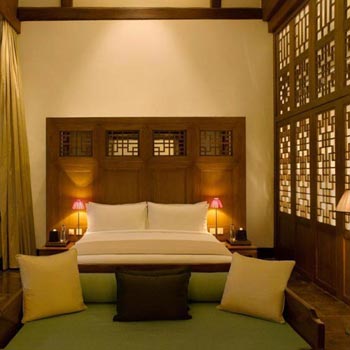 10D/9N
10D/9N
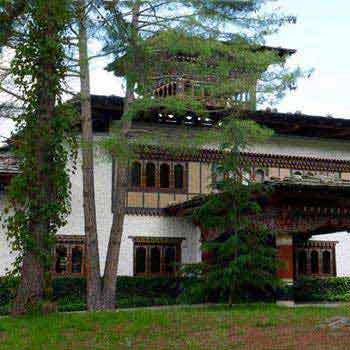 6D/5N
6D/5N
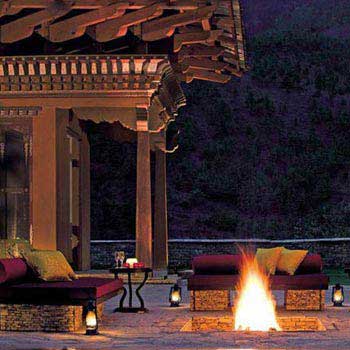 12D/11N
12D/11N
 9D/8N
9D/8N
 9D/8N
9D/8N
Birding Tour for Corbett and Uttarakhand
Corbett - Pangot - Kumaon - Sundargarh - UP East - Sahibabad
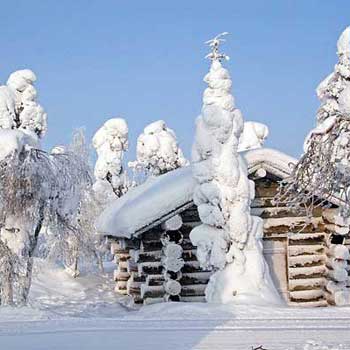 9D/8N
9D/8N
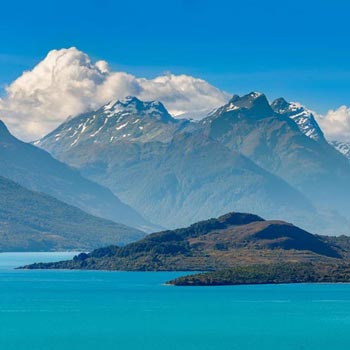 9D/8N
9D/8N
Honeymoon Tour To New Zealand - Colors O..
Auckland - Rotorua - Queenstown - Christchurch
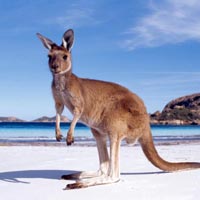 9D/8N
9D/8N
 9D/8N
9D/8N
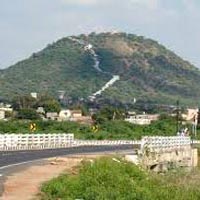 9D/8N
9D/8N
Ahmedabad - Bhuj - Kutch - Dwarka - Somnath - Rajkot - Sasangir
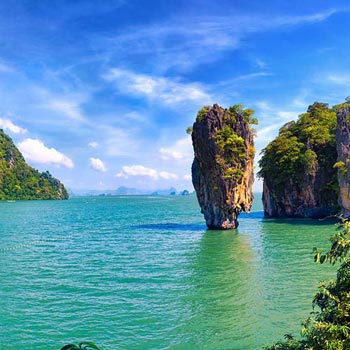 9D/8N
9D/8N
 9D/8N
9D/8N
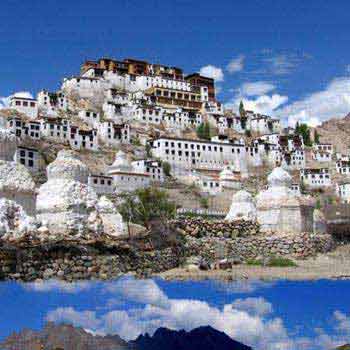 9D/8N
9D/8N
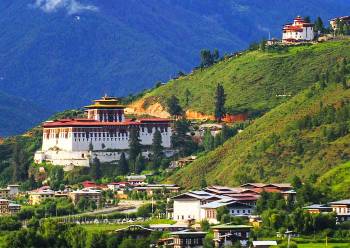 5D/4N
5D/4N
 15D/14N
15D/14N
Himalayan Odyssey 14 Nights - 15 Days Tour
Thimphu - Paro - Wangdue Phodrang - Punakha - Mongar - Bumthang - Trashigang
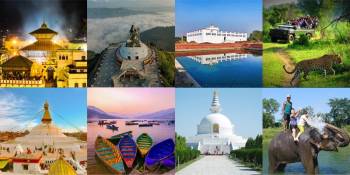 10D/9N
10D/9N
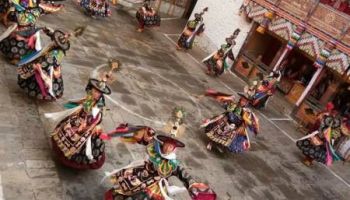 8D/7N
8D/7N
 16D/15N
16D/15N
15 Nights/16 days Merak Sakteng Trekking..
Thimphu - Paro - Punakha - Bumthang - Trashigang
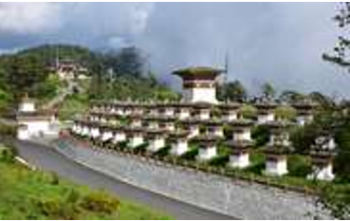 10D/9N
10D/9N
Thimphu - Paro - Wangdue Phodrang - Punakha - Trongsa - Bumthang
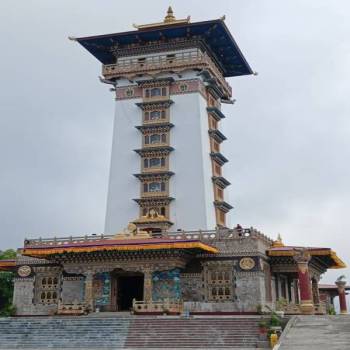 7D/6N
7D/6N
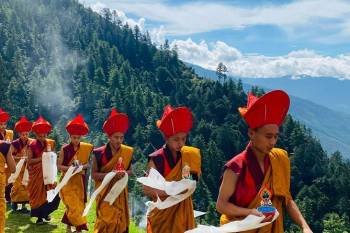 5D/4N
5D/4N
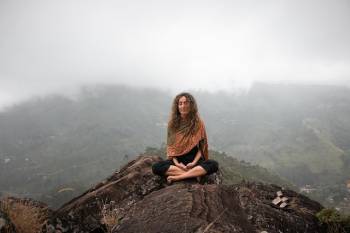 7D/6N
7D/6N